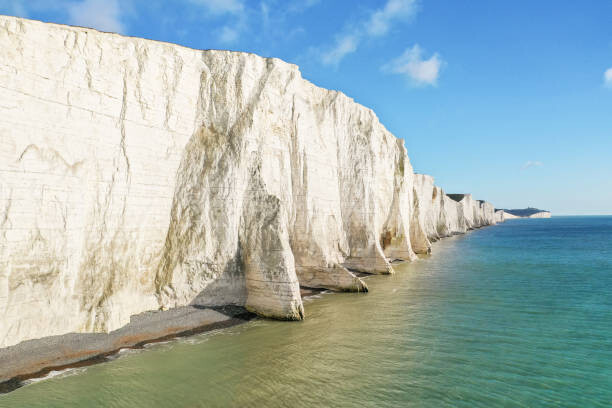Do you realise that this is something that happens on a regular basis today? Lahars, mudflows and landslides are very much a thing.
It is unrealistic to suggest that similar events on a similar scale could not have happened in the past. Evidence for a planet-wide flood that created the fossil record needs to have features that can not be explained by a large number of localised catastrophes similar to what we see today.
Just claiming that slow sedimentation can not account for the fossil record proves nothing.
It doesn’t work like that. The reason why people reject young earthism and Flood Geology has nothing whatsoever to do with the kind of scoffing and mocking that Peter is talking about.
The thing that you need to understand here is that evidence has rules. More to the point, honesty has rules. If you are going to try to claim what evidence does or does not exist, whether or not it is hiding, and what it does or does not support, you need to stick to the rules. Rules such as this one for starters:
¹³Do not have two differing weights in your bag — one heavy, one light. ¹⁴Do not have two differing measures in your house — one large, one small. ¹⁵You must have accurate and honest weights and measures, so that you may live long in the land the Lᴏʀᴅ your God is giving you. ¹⁶For the Lᴏʀᴅ your God detests anyone who does these things, anyone who deals dishonestly. (Deuteronomy 25:13-16)
Here’s the thing. Any creation model, any interpretation of Genesis 1, any challenge to the scientific consensus on the age of the earth or evolution must obey these verses. Any that does not is not scientific, is not Biblical, is not honest, and is not true.
If young earthists want to have a legitimate claim to being “scoffed at” in the way that 2 Peter talks about, they must first demonstrate a commitment to obeying the rules. It is one thing being mocked or scoffed at for being a Christian. It is a completely different matter being “mocked” or “scoffed at” for fudging measurements, quote mining, misrepresenting evidence or scientific procedures, making things up, or exaggerating or downplaying the extent or significance of errors.
